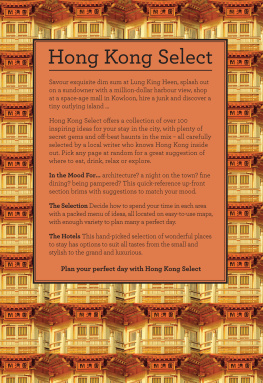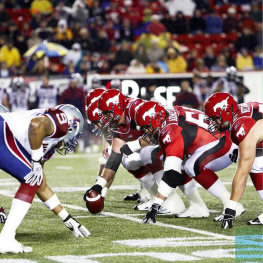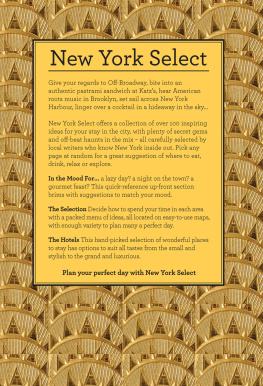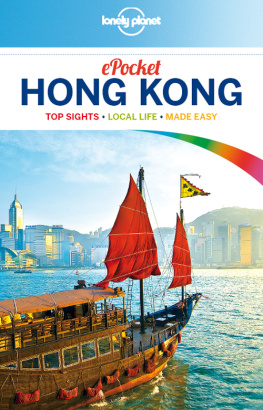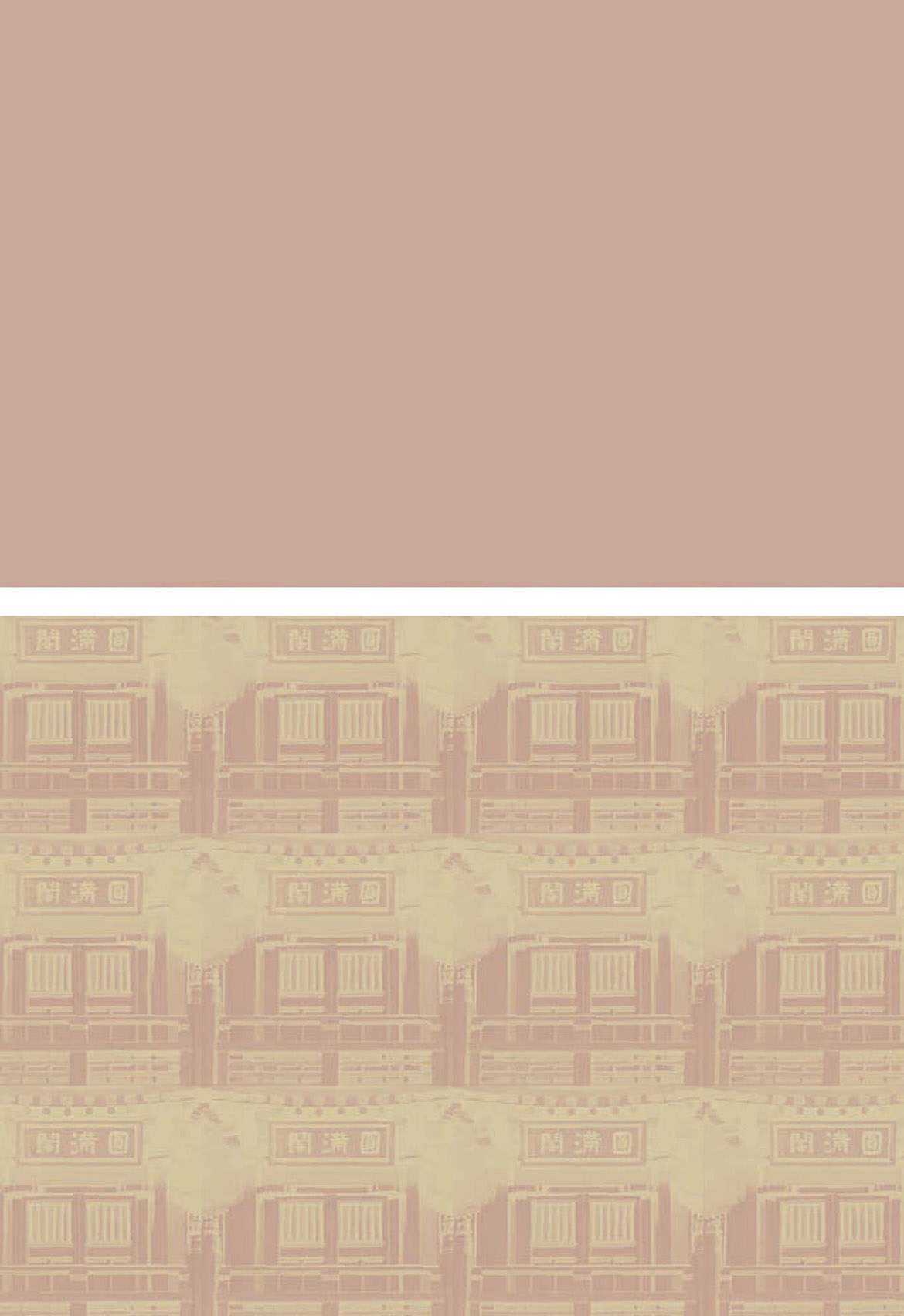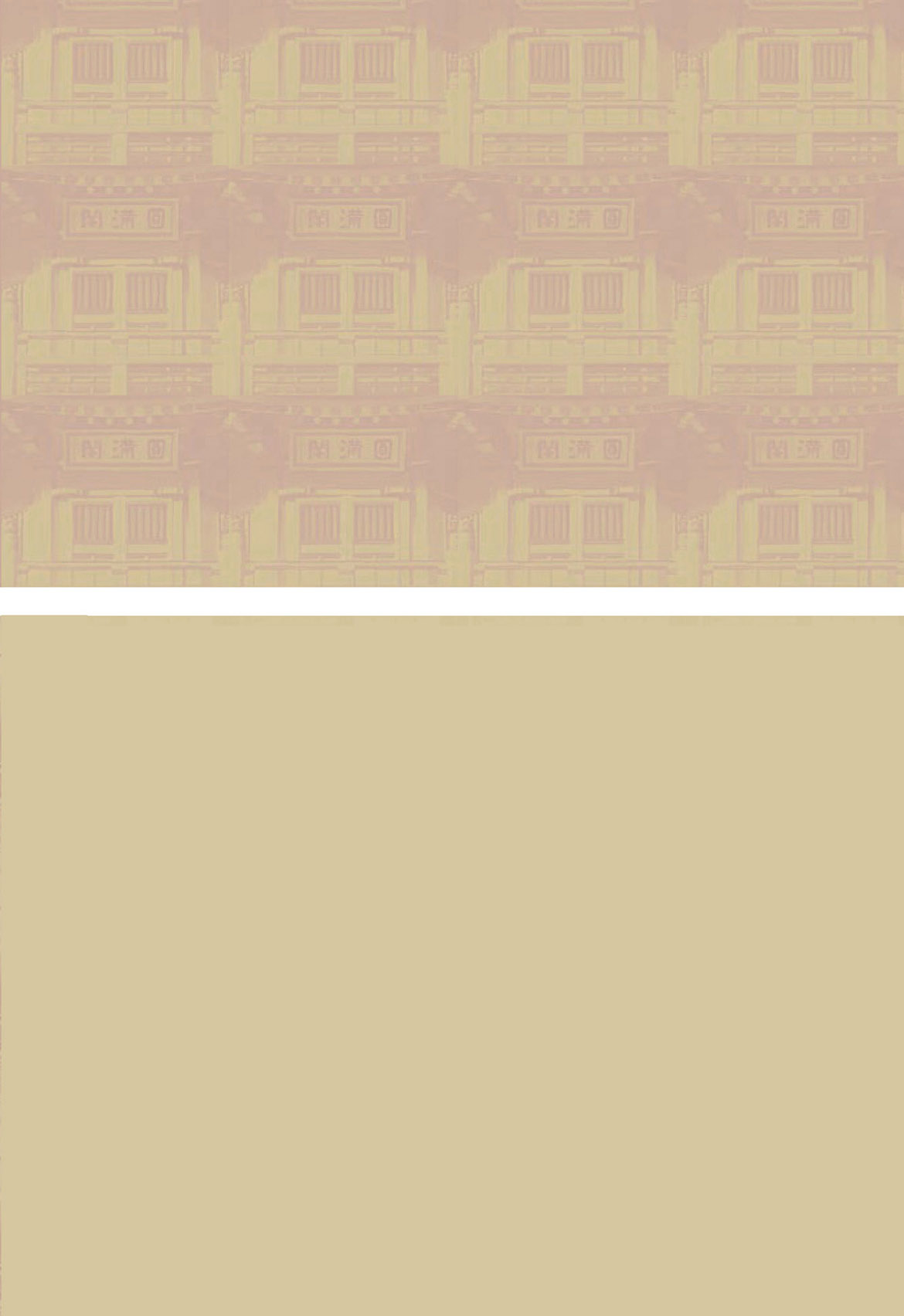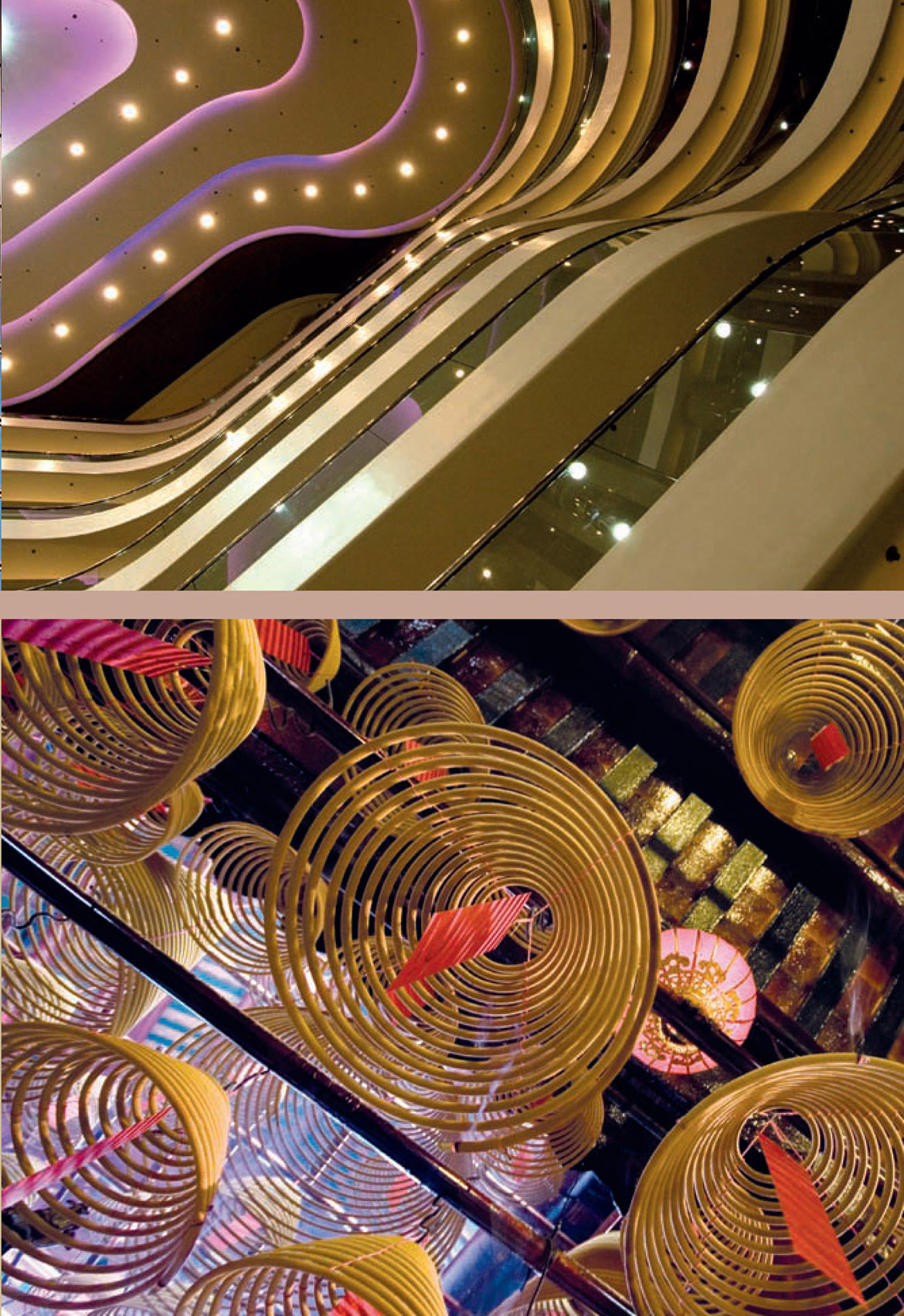

Hong Kong overview
Often compared to Manhattan on account of its urban
skyscraper-scape, Hong Kong is at first glance quite
like a modern Western city; but it has distinct Chinese
characteristics. Take a few turns off its gleaming,
dynamic downtown streets, and youll get an idea of
how much tradition is ingrained.
In the shadows of tower blocks, colourful temples and street shrines
bear continually replenished offerings of fresh fruit and burning
incense sticks and coils. Teahouses and compact noodle shops are
abuzz with as much activity as the more recent additions of coffee-
houses and juice-bar chains.
Working Hong Kongers may like their designer togs and there are
malls full of them but every neighbourhood is home to practitioners
of traditional Chinese medicine, who are kept as busy by young
executive types as they are by the older generation.

While Hong Kong is home to the worlds most densely populated
island Ap Lei Chau and city areas are often thronged with crowds,
it takes very little time to find relative tranquillity. Hills appear as
if by magic amid the urban sprawl, and trails lead up them towards
spectacular views. To discover Hong Kongs lower-rise lush rural
pockets, hop on a slick Mass Transit Railway (MTR) train to the New
Territories, or take a short ferry ride to one of the sparsely populated
outlying islands.
Back in the city, the famous skyline is best enjoyed at twilight, either
from the waterfront promenade at the tip of Kowloon, aboard a harbour
evening cruise, or from above at The Peak on Hong Kong Island.
A nightly light-and-laser display incorporating some of the most
prominent, outlandish skyscrapers gives the city a surreal edge.
Street signs are in English and Chinese, English is widely
understood in the main neighbourhoods, and Hong Kong is one of the
worlds safest cities so enjoy.

in the mood for...
. architecture
Hong Kong is perceived as one continuous skyscraper zone and
this is correct in most urban areas. In recent years, height restrictions
in Kowloon have been lifted and some very flamboyant structures
went up the ICC Tower () has become the territorys tallest
building, soaring almost half a kilometre into the sky. Truly remarkable
modern landmarks include Sir Norman Fosters HSBC Headquarters ,
which appears as if its structural rigging is inside out, and the equally
spectacular Bank of China Tower by I.M. Pei () .
The few remnants of historic architecture are not so much stunning
as evocative of eras past. Both hailing from the early 20th century
and worth a look are the stately LegCo Building () , used for daily
government debate, and the Old Wan Chai Post Office () . Though
built in the last century, the beautifully embellished Chi Lin Nunnery
() is a fine example of traditional Chinese architecture, modelled
on the classic style of the Tang Dynasty.

. no-nonsense
Cantonese fare
Rice is unquestionably the
staple of Cantonese cuisine,
but dining gets no earthier
than a bowl of steaming noodle
soup. Noodle shops dot almost
every main thoroughfare and
small street. Outside Centrals
interconnecting world of indoor
malls, basic noodle shops are
sprinkled along Wellington
Street and seem never to close;
along this strip. The best quality
bowl is topped with fresh house
roasted duck or goose at Yung
Kee () .
For rice with robustly flavoured
steamed seafood, braised meat
and fresh vegetables, head for
the animated dining room at
Lin Heung in Sheung Wan
() . Dim sum can be another
no-nonsense Cantonese dining
experience, from breakfast time
till early afternoon. Select a few
bamboo baskets of dumplings,
deep-fried spring rolls and
desserts at City Hall Maxims
Palace () ; arrive early to grab
a numbered ticket, as no pre-
bookings are taken. Or try the
esteemed roast pigeon served in
simple outdoor restaurants in Fo
Tan in the New Territories () .

in the mood for...
. fine dining
If Hong Kong does earthy
Cantonese food well, its top-
tier restaurants are even more
critically well received, especially
internationally both Zagat and
Michelin food guides started
putting out local editions in the
late noughties.
The jewel in the culinary crown
belongs to elegant Lung King
Heen () , whose light dim
sum sometimes get the surprise
addition of a prized Western
ingredient. Also top-notch
is longer-established Shang
Palace () , where youll enjoy
outstanding food and service
under its red ceiling lanterns.
Bridging the gap between Eastern
and Western fine cuisine is Bo
Innovation () , where the
chefs classical French training is
applied to deconstructed and re-
interpreted Cantonese traditions
with exciting results. No such
experimentation at LAtelier de
Jol Robuchon () , where the
creations of Frances culinary
king provide the expected taste-
bud wow factor.
Back to the finer side of fusion,
with another international
celebrity chef: Nobu () . The
familiar yet memorable Japanese-
meets-South American menu with
Western sensibilities is served in
an elegant dining room.

. a night on the town
Once upon a time, visitors to
Hong Kong craving a big night
out had only the hotel bar or
the expat hang-out Lan Kwai
Fong to choose between. Thats
not to say that Lan Kwai Fong
() isnt still a decent night
out: the area has a large Chuppie
(Chinese yuppie) presence, and
its popular with the partying
executive set too.
These days, though, good-
timers can take their pick of lively
nightspots. Raise the bling factor
further just around the corner in
Soho () ; bars here are often
more intimate, and its velvet-
roped venues like Dragon-i and
M1nt () are among the hottest
nightspots in town.
Raucous, expensive but really
buzzing are the banker-crowd
bars on the fourth-floor roof
podium at the Two IFC tower;

